JAPAN
Tokyo

Tokyo
Tokyo
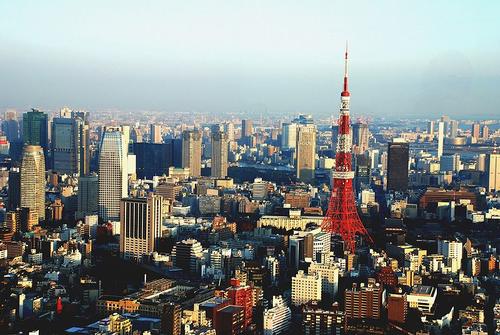 TokyoPhoto: Wilhelm Joys Andersen CC 2.0 Generic no changes
TokyoPhoto: Wilhelm Joys Andersen CC 2.0 Generic no changes
Tokyo is Japan's most famous city, filled with modern skyscrapers and continuously blinking neon lights. The city is one of the most important economic centers in the world. Tokyo has fast bullet trains, a large metro network and a really chaotic rush hour. But you will also find historic temples and the Imperial Palace. Tokyo has everything you can expect in a leading Japanese city. Tokyo is the official seat of politics and of the Japanese government. Tokyo is a huge metropolis, which has grown into the capital of Japan from the beginning around 1600. There are many shopping, entertainment and business districts throughout the city. Ginza is one of the most famous. Shinjuku is a major entertainment area. Asakusa is widely regarded as Tokyo's Old Town.
| advertisement |
| Hotels Tokyo |
Location
 Tokyo BayPhoto: Javachan CC 3.0 Unported no changes
Tokyo BayPhoto: Javachan CC 3.0 Unported no changes
Tokyo is located in the center of the eastern part of the island of Honshu and extends west to the Kanto plain. Tokyo is surrounded by Tokyo Bay in the southeast. The geographic coordinates of the city are 35.40 North latitude and 139.45 East longitude. The total area of Tokyo is 2,187 square kilometers.
Weather
Tokyo's weather is fairly mild all year round. The coldest month in Tokyo is January and the temperature is highest in the month of August. The average annual rainfall in the city is about 1500 mm. Snowfall is rare, but not uncommon. Tokyo has four seasons, summer, winter, fall, and spring. Tokyo's geography affects the climatic conditions of the place. June (rainy season) and September (typhoon season) are the wettest months.
History
Evidence has been found of early habitation in the Tokyo region dating back to 30,000 BC. Tokyo's written history dates back to the 6th century BC when the Japanese adopted the Chinese form of character writing. Art and new architectural forms made their appearance, as did Buddhism as a religion.
The feudal era in Japan saw the rise of the warrior class as the rulers of Tokyo. Minamoto Yoritomo, a young warrior in the late 12th century pioneered this movement. Its capital became Kamakura, a fishing village near Tokyo. This form of military rule persisted in Japan until the mid-19th century.
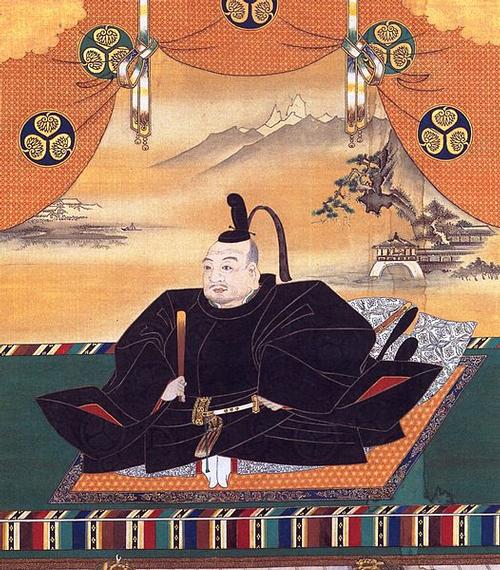 Tokio Tokugawa IeyasiPhoto: Public domain
Tokio Tokugawa IeyasiPhoto: Public domain
The Edo period in Tokyo began with the rise of Tokugawa Ieyasu in 1590. Edo was a swampy village that eventually evolved into today's Tokyo. Tokugawa acquired eight provinces around Edo, drained land, dug fresh water canals and built a moated castle. During the Edo period, the feudal lords (Daimyo) lost importance and the Shogunate in Edo grew stronger.
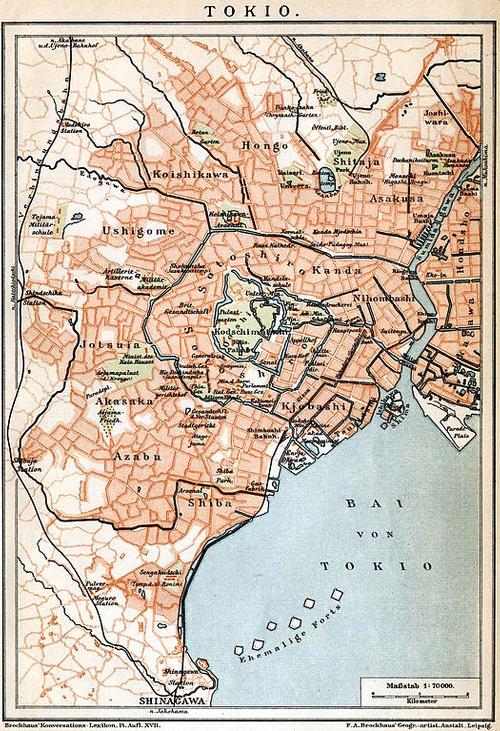 Map of Tokyo from 1896Photo: Public domain
Map of Tokyo from 1896Photo: Public domain
The Meiji period is associated in Tokyo's history with Emperor Meiji, who was the ruler of Japan from 1868-1911. He brought about significant changes in politics and economics. A feudal society with an agricultural economy was transformed into an industrial society. In the political sphere, the samurai or warriors were relieved of their power and wearing swords was prohibited. A constitution was drawn up, a Diet (parliament) was elected, and a prime minister and a government appointed. To promote faster communication, railways were built and a postal system set up.
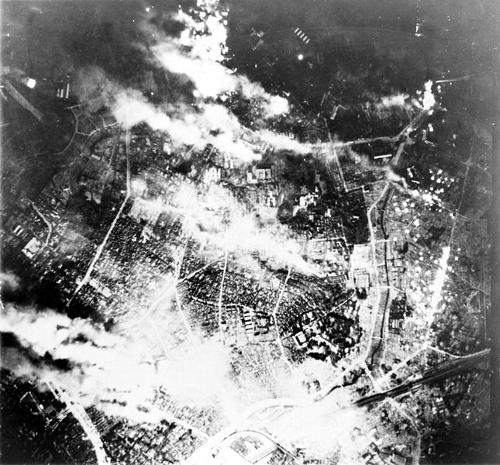 Bombing of Tokyo during the Second World WarPhoto: Public domain
Bombing of Tokyo during the Second World WarPhoto: Public domain
From 1930 to the end of World War II, Japan began to advance to Hong Kong, the Philippines, Indonesia, Singapore, Malaysia, Burma, Guam and parts of China. The advancing army was stopped by the Allies. The United States dropped the first two atomic bombs, Fat Man and Little Boy, on the Japanese cities of Hiroshima and Nagasaki in August 1945. Japan surrendered to Allied forces on August 14, 1945.
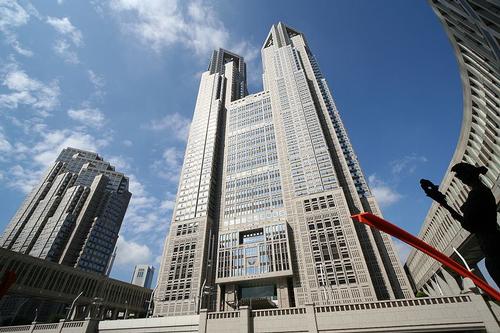 Modern TokyoPhoto: Markus Leupold-Löwenthal CC 3.0 Unported no changess made
Modern TokyoPhoto: Markus Leupold-Löwenthal CC 3.0 Unported no changess made
Post-war Tokyo saw a period of rapid economic growth. This was mainly due to the Korean War, where Japan was a major supplier to NATO forces. Tokyo hosted the 1964 Olympic Games and presented itself to the world as a modern, industrialized city. The economic miracle ended unexpectedly in the early 1990s. The bubble ended in a massive stock market crash, a debt crisis and a crisis in the banking sector where a large number of banks had to be bailed out by the government. Over the past 15 years, Tokyo has recovered and became one of the most dynamic cities in the world.
Sights
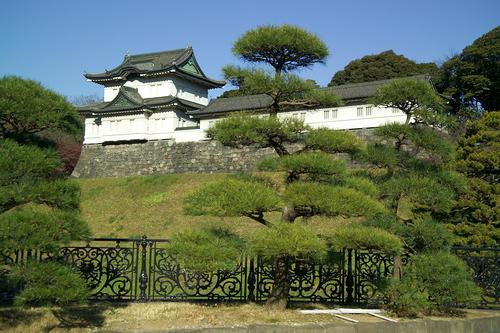 Tokyo Imperial Palace Photo: Public domain
Tokyo Imperial Palace Photo: Public domain
A very famous historical landmark in the heart of Tokyo is the Imperial Palace. Inhabited by the Emperor of Japan, the palace can be accessed through a series of canals. Visitors can access the lush park and gardens to the east. The walls of the original 1888 building were rebuilt in the 1960s.
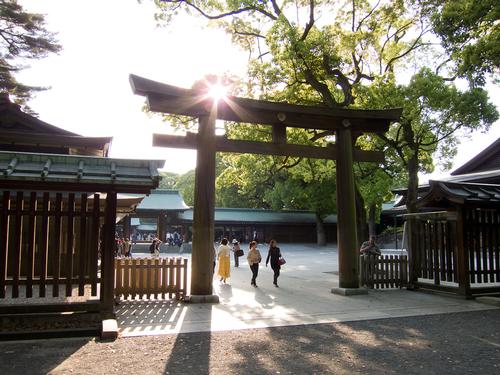 Meji Shrine TokyoPhoto: Rs1421 CC 3.0 Unported no changes made
Meji Shrine TokyoPhoto: Rs1421 CC 3.0 Unported no changes made
A prime example of Shinto architecture, the serene Meiji Shrine is set in 175 acres of gardens in Yoyogi. The shrine is dedicated to the memory of the Meiji Emperor and Empress. The visitors come to this 1920 building to write prayer cards and ask for help from the deified rulers.
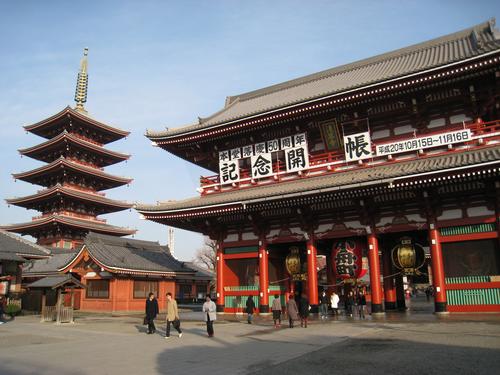 Tokyo Senso-Ji TemplePhoto: Daderot in the public domain
Tokyo Senso-Ji TemplePhoto: Daderot in the public domain
The Senso-Ji temple in Asakusa is the oldest temple in Tokyo, the temple was originally completed in 645 BC in honor of the goddess of Kannon. Visitors pass through the Kaminarimon (Thunder Gate) to visit the five-story pagoda rebuilt by Tokugawa Lemitsu.
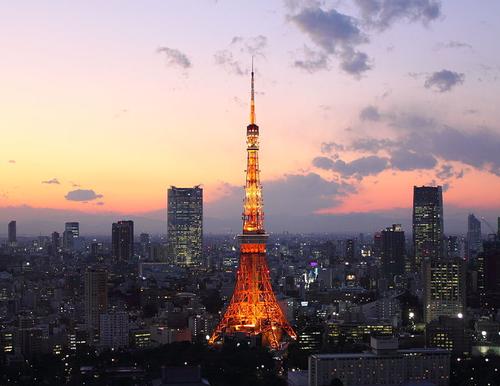 Tokio TowerPhoto: Kakidai CC 3.0 Unported no changes made
Tokio TowerPhoto: Kakidai CC 3.0 Unported no changes made
The Tokyo Tower was built in 1958 and is 333 meters high, 13 meters higher than the Eiffel Tower. The tower is a breathtaking man-made landmark of Tokyo and features two viewing platforms, from which you have a panoramic view of Tokyo and Mount Fuji.
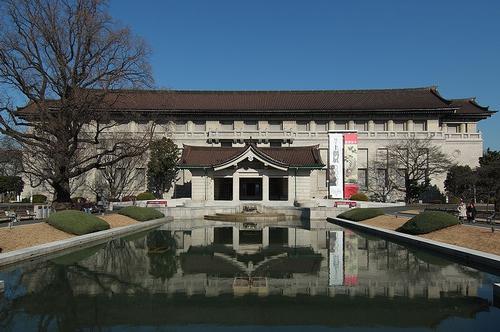 National Museum TokyoPhoto:Wiiii CC 3.0 Unported no changes made
National Museum TokyoPhoto:Wiiii CC 3.0 Unported no changes made
The Tokyo National Museum is home to Japan's largest collection of archaeological finds and Japanese art, with a total of approximately 90,000 artifacts. There is also an impressive amount of 6th and 7th century treasures on loan from Horyuji Temple in Nara. The whole spectrum of Japanese art is showcased here, including sculpture, prints, paintings, parchments and Netsuke.
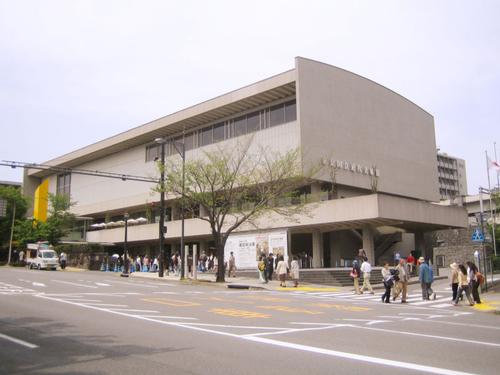 National Museum of Modern Art in TokyoPhoto: Lombroso in the public domain
National Museum of Modern Art in TokyoPhoto: Lombroso in the public domain
The National Museum of Modern Art is a popular attraction and features a great selection, including lacquerware, metal and glassware, textiles, ceramics and bamboo items. The exhibitions change frequently, bringing a lot of local work and talent to show.
Tips
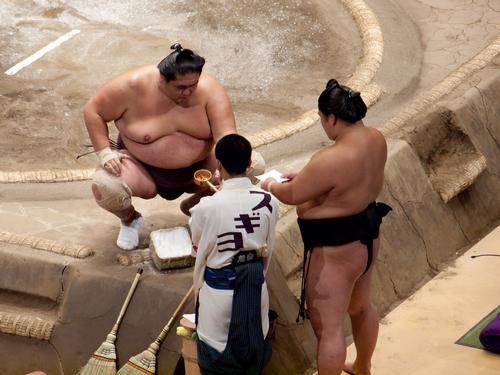 Tokyo Sumo Wrestling Photo: Gusjer CC 2.0 Generic no changes made
Tokyo Sumo Wrestling Photo: Gusjer CC 2.0 Generic no changes made
Sumo wrestling dates back to the 16th century and is still practiced in competitive settings. At the major tournaments in Ryogoku Kokugikan, you will see engaging ring rituals that precede the matches where the wrestlers try to push each other out of the ring. The audience is very enthusiastic. Tickets must be booked in advance.
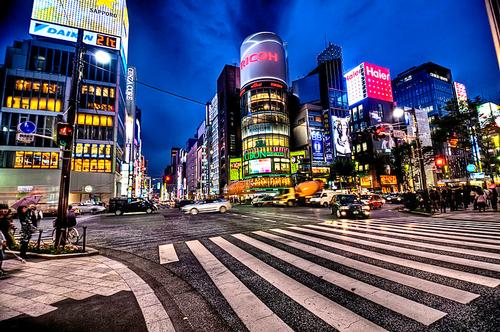 Ginza in Tokyo at nightPhoto: Francisco Diez CC 2.0 Generic no changes made
Ginza in Tokyo at nightPhoto: Francisco Diez CC 2.0 Generic no changes made
Ginza is one of Tokyo's most famous neighborhoods. It is known for its upscale shopping, dining and entertainment, as well as for a large number of art galleries, cafes and museums. Ginza is the most expensive area in Japan and it is the place of pomp and circumstance. It has only been able to develop into today's upscale neighborhood after the great “Kanto” earthquake of 1923. On weekends, the Chuo Dori is closed to traffic and becomes a large pedestrian area, ideal for shoppers.
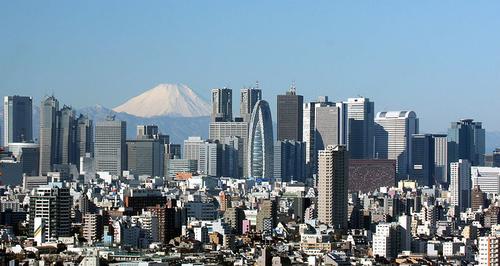 Skyscrapers in Shinjuku, Tokyo, with Mount Fuji in the backgroundPhoto: Morio CC 3.0 Unported no changes made
Skyscrapers in Shinjuku, Tokyo, with Mount Fuji in the backgroundPhoto: Morio CC 3.0 Unported no changes made
Shinjuku is one of the 23 districts of the city, it is the entertainment, business and shopping area around Shinjuku station. Japan's largest train station is at the center of this sprawling and vibrant district. Just west of the station are numerous skyscrapers. To the northeast of the station you will find Kabukicho, the largest red light district in Japan. Shopping streets and department stores can be found on all sides of the station and it is always busy.
Useful links Tokyo
BBC Country ProfilesWorld Fact Book Explore all Countries
How to call
Last updated June 2025
Copyright: Team - The World of Info